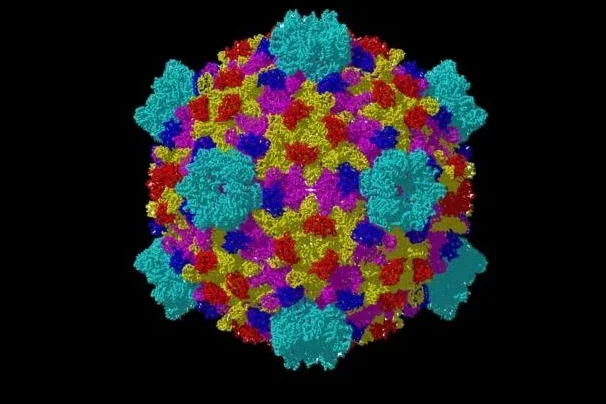Virology
What is Virology?
Virology covers all aspects of the virus, including:
-
Evolution
-
Structure
-
Life cycle
-
Function
-
Diseases they cause
-
Host defenses

Viruses
Viruses are infectious particles loaded with genetic material (DNA or RNA). They enter host cells, splice into the host genome, and replicate.
Understanding their structures and life cycles helps virologists classify them and invent ways to destroy them or limit their damaging effects.
Virus Classification
Classification, which is a major part of virology, can be done in several ways.
-
Classification by host: Viruses may be differentiated by the host organism’s class. Animals, plants, fungi, and bacteria contain different cell types, each posing distinct challenges for a replicating virus.
-
Classification by genetic material: Viruses may be differentiated by the genetic material present. They may have, for example, a single or double strand of RNA or DNA.
-
Classification by viral shape: Viruses may be differentiated by their varied shapes.
Virologists aim to go beyond classification and use all available knowledge to discover ways to destroy viruses, prevent their transmission—or at the very least—mitigate their detrimental effects.
Affiliated Faculty










Affiliated Emeritus Faculty


